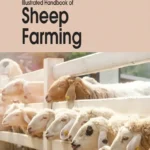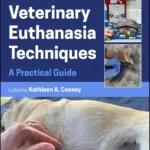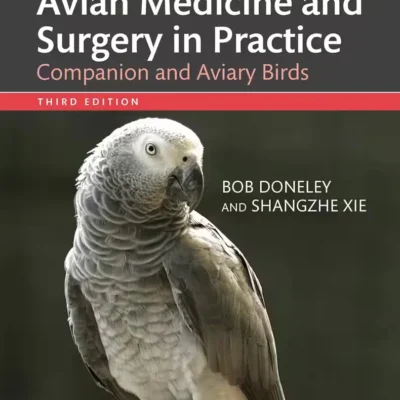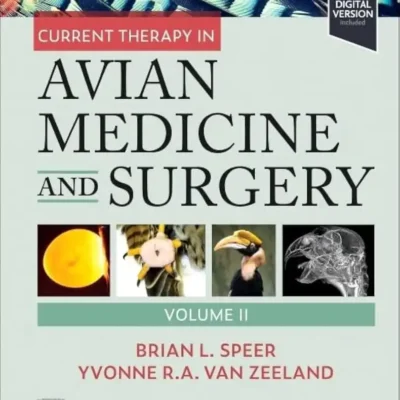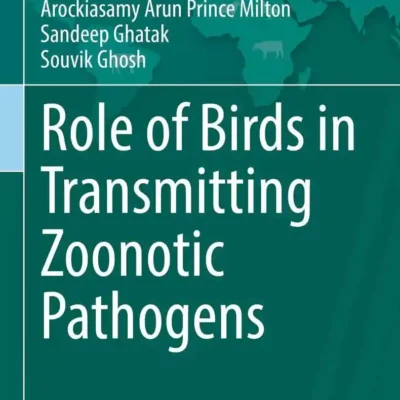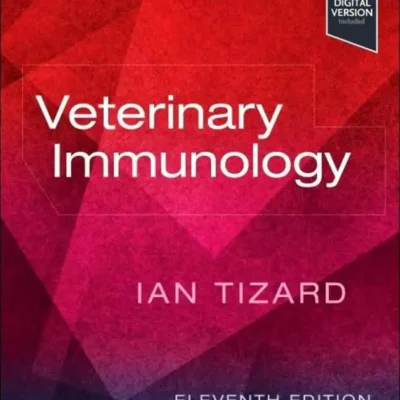Avian Immunology, 2nd Edition
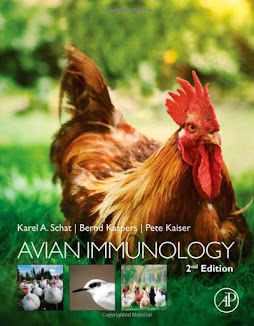 by Karel A. Schat , Bernd Kaspers , Pete Kaiser
by Karel A. Schat , Bernd Kaspers , Pete Kaiser
October 2013
The second edition of Avian Immunology provides an up-to-date overview of the current knowledge of avian immunology. From the ontogeny of the avian immune system to practical application in vaccinology, the book encompasses all aspects of innate and adaptive immunity in chickens. In addition, chapters are devoted to the immunology of other commercially important species such as turkeys and ducks, and to ecoimmunology summarizing the knowledge of immune responses in free-living birds often in relation to reproductive success.
The book contains a detailed description of the avian innate immune system, encompassing the mucosal, enteric, respiratory and reproductive systems. The diseases and disorders it covers include immunodepressive diseases and immune evasion, autoimmune diseases, and tumors of the immune system. Practical aspects of vaccination are examined as well. Extensive appendices summarize resources for scientists including cell lines, inbred chicken lines, cytokines, chemokines, and monoclonal antibodies.
The world-wide importance of poultry protein for the human diet, as well as the threat of avian influenza pandemics like H5N1 and heavy reliance on vaccination to protect commercial flocks makes this book a vital resource. This book provides crucial information not only for poultry health professionals and avian biologists, but also for comparative and veterinary immunologists, graduate students and veterinary students with an interest in avian immunology.
- With contributions from 33 of the foremost international experts in the field, this book provides the most up-to-date review of avian immunology so far
- Contains a detailed description of the avian innate immune system reviewing constitutive barriers, chemical and cellular responses; it includes a comprehensive review of avian Toll-like receptors
- Contains a wide-ranging review of the “ecoimmunology” of free-living avian species, as applied to studies of population dynamics, and reviews methods and resources available for carrying out such research.
PDF 13.8 MB

